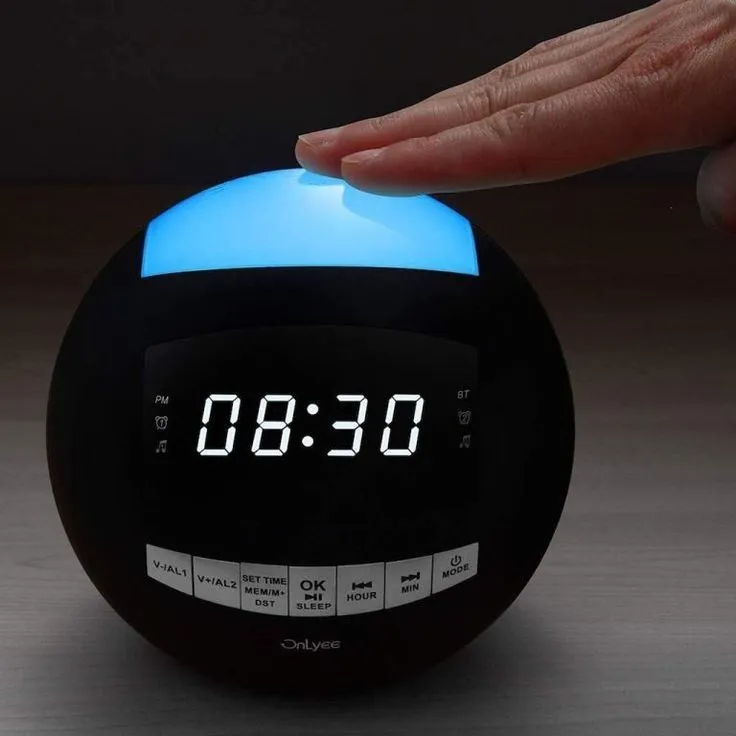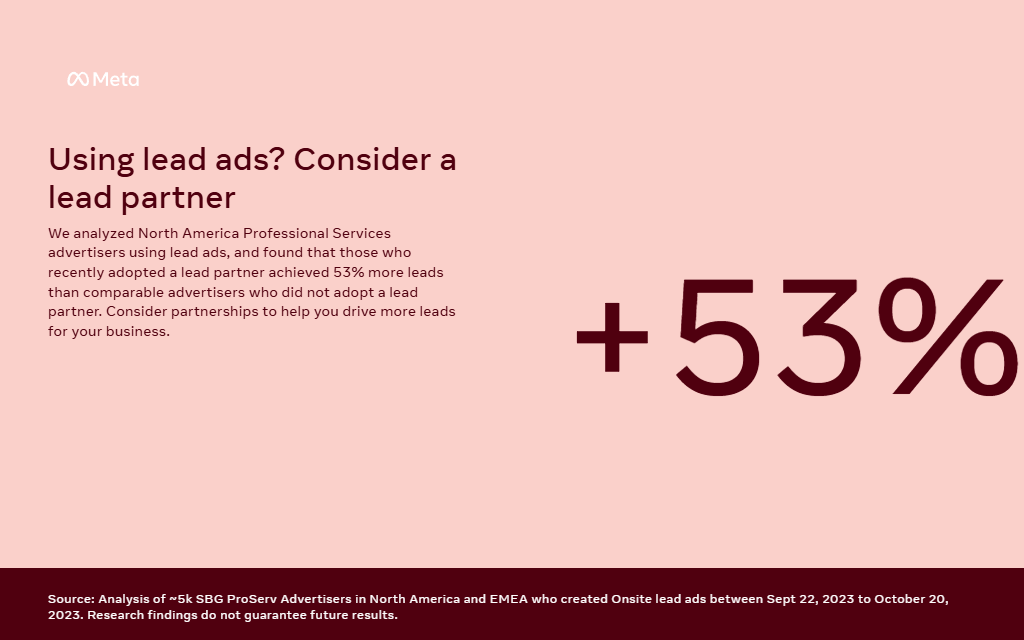
Sleeping Alarm Mode: Smart Wake-Up Solution to Prevent Oversleeping
Oversleeping is one of the simplest yet most frustrating problems in our daily routines. The alarm rings, we hit “stop” or “snooze,” and before we know it, we’ve missed our schedule. This happens not because we lack alarms, but because alarms are too easy to dismiss. As a professional who constantly thinks about user behavior, I wanted to design a solution that accounts for real human habits. The result is the Sleeping Alarm Mode, a smart alarm concept that doesn’t just ring; it makes sure you’re awake.
The Problem
- Current alarm design flaw: The alarm stops as soon as we press a button, regardless of whether we’re truly awake.
- Human behavior: Many people switch off their alarm while still half-asleep, leading to unplanned oversleeping.
- Impact: Missed deadlines, late meetings, loss of productivity, and in some cases, major life disruptions.
The Concept: Sleeping Alarm Mode
Sleeping Alarm Mode is a dedicated alarm type that requires wake-up verification before it truly turns off.
Key Features
1. Wake-Up Verification
When the alarm is stopped, it doesn’t shut down completely. Instead, it checks if you are truly awake using one of two methods:
A. Phone Display Method
- The phone’s screen must remain ON for at least 5 continuous minutes after the alarm stops.
- If the screen turns off or locks before this time, the alarm snoozes and rings again after 10 to 15 minutes.
B. Smartwatch Movement Method
- If connected to a smartwatch, the alarm tracks physical movement.
- Only when enough movement (walking, stretching) is detected will the alarm fully turn off.
2. Customizable Modes
- Normal Alarm → Works like a standard alarm.
- Sleeping Alarm Mode → Works with verification steps.
- Users can select their preferred verification method.
3. Snooze Logic
- Until the wake-up condition is met, the alarm auto-snoozes every 10–15 minutes.
- This creates repeated wake-up triggers, making oversleeping less likely.
Benefits
- Significantly reduces oversleeping.
- Works with smartphones and smartwatches.
- Fits naturally into existing alarm apps without replacing them.
- Enhances productivity for busy professionals and students.
Potential Applications
- Mobile alarm apps like Google Clock, Apple Clock, or third-party alarm apps.
- Wearable devices like Apple Watch, Fitbit, or Garmin.
- Smart home ecosystems where alarms connect to other devices (lights, speakers).
Why It Matters
This idea isn’t just about waking up, it’s about designing technology around human behavior. True innovation doesn’t always mean adding more features; sometimes, it’s about solving a small but deeply relatable problem.
As a digital marketer and strategist, I see this as a perfect example of user experience thinking applied to everyday life. It’s a blend of behavioral insight, practical design, and technological integration.
Closing Thought
The Sleeping Alarm Mode is more than a feature, it’s a productivity tool that ensures your day starts right.
If integrated into existing apps or devices, it could help millions wake up on time, every time.



